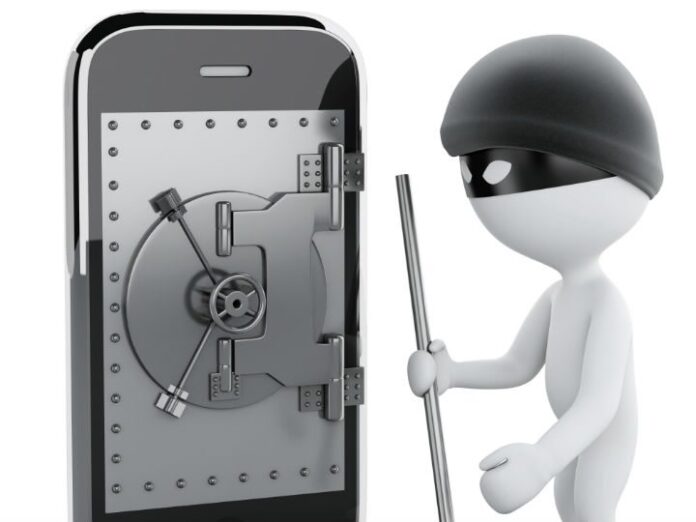We all love Wi-Fi networks, but security on Wi-Fi is a serious issue. Their open nature makes them targets of abuse. According to a recent roundup of “23 Disturbing Statistics on Mobile Security,” Wi-Fi networks with “free” in the name are responsible for nearly one in 10 reported threats. That’s why consumers need to be careful about checking their bank accounts, emails and other sensitive information on Wi-Fi networks – “free” or not – as they can be accessed by hackers.
Against the backdrop of this Wi-Fi dilemma, a cohort of technology and wireless companies are working together on a new – and more advanced – technology known as LTE Unlicensed to seek improvements to security, but also network performance. While highly technical from a security perspective, the functionality is quite simple. LTE-Unlicensed, or LTE-U, is being designed to alleviate congestion on wireless networks by off-loading some wireless traffic, which operates on licensed spectrum, to unlicensed spectrum. Unlicensed spectrum has long been the breeding ground for and home to many consumer products such as baby monitors, Bluetooth and of course, Wi-Fi.
A key reason that mobile users avail themselves to Wi-Fi is to enable heavy data transfers. With LTE-U that process is expected be more efficient, secure and faster, which will incidentally improve the online experience for Wi-Fi users in that LTE-Unlicensed is being designed to coexist well with Wi-Fi and because of how it operates there should be less congestion on the network. To be sure, no network is impervious to attack, but there are a number of benefits LTE-U will offer on unlicensed spectrum, including better security.
Here’s a review of the common vulnerabilities in Wi-Fi and how LTE-U offers an improvement.
1. Encryption: All data on LTE networks is encrypted, protecting users from hackers as well as government snoopers. While encryption is possible on Wi-Fi networks, the connection is frequently not encrypted because its adds an additional cost and barrier to accessing the network.
2. Secure connection: Wi-Fi access points can be easy to fake as cybercriminals can use the same or similar name as a legitimate access point or hot spot, ensnaring unwitting users. LTE technologies – enabled by secure transmitters and proprietary base stations – don’t have this risk. With the packet data convergence protocol layer (3GPP TS 36.323), LTE performs integrity protection and verification.
Incidentally a key benefit of LTE-U is spectral efficiency. The PDCP layer of LTE can also perform robust header compression, which helps reduce the transmitted packet size over the air and eventually assists in higher spectral efficiency. This means that there is less congestion on networks and traffic can move more quickly.
3. Secure authentication: LTE subscribers don’t use passwords to access the mobile network as authentication is provided automatically by the SIM card. Wi-Fi logins, however, require a username and password, making a user vulnerable each time they log in. Additionally, passwords themselves are frequently guessed by hackers, another point of Wi-Fi vulnerability.
4. Superior security infrastructure: Users pay for LTE subscriptions from licensed carriers that purchase spectrum and build networks designed to facilitate mobile communication. The LTE infrastructure is embedded with secure hardware and software, both in the core network and in radio communication. Carriers compete fiercely for customers, and they are incentivized to protect their property and customers’ security. Subscription fees help to pay for advanced security measures, updates and personnel. While enterprise Wi-Fi providers may invest in advanced security, Wi-Fi networks – frequently run by startups and municipal providers – don’t necessarily make the same investments in security.
Despite its familiarity with consumers, the Wi-Fi experience generally comes with lower fidelity and less security than advanced licensed wireless connections. There is nothing stopping Wi-Fi providers from upgrading security, many of which have started. Regardless, the introduction of LTE-U will offer consumers a new choice and better and safer alternative. Users can continue using Wi-Fi, but the introduction of a new competitive technology in unlicensed spectrum like LTE-Unlicensed should encourage Wi-Fi providers to make the Wi-Fi experience better and safer.
Editor’s Note: The RCR Wireless News Reality Check section is where C-level executives and advisory firms from across the mobile industry share unique insights and experiences.

